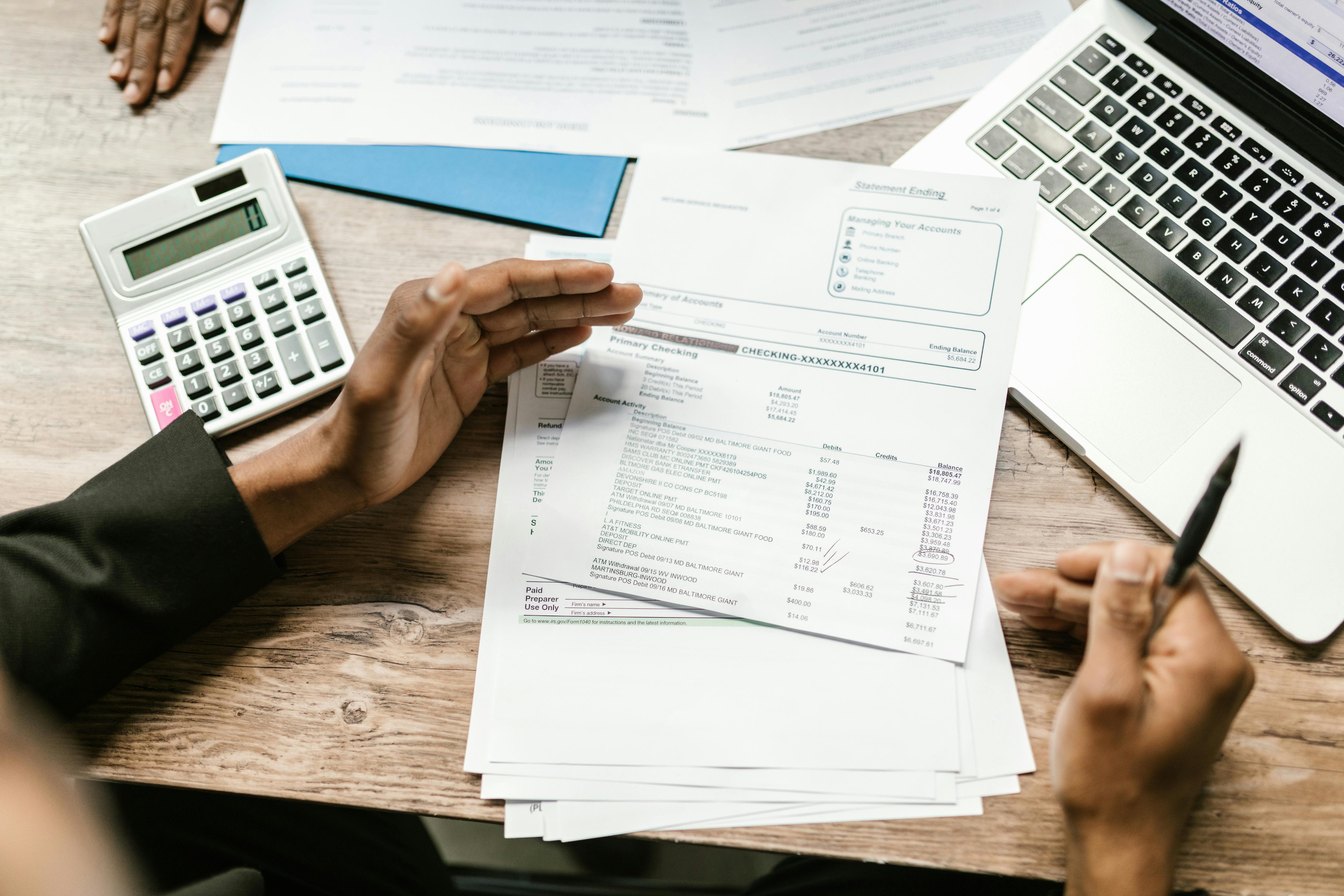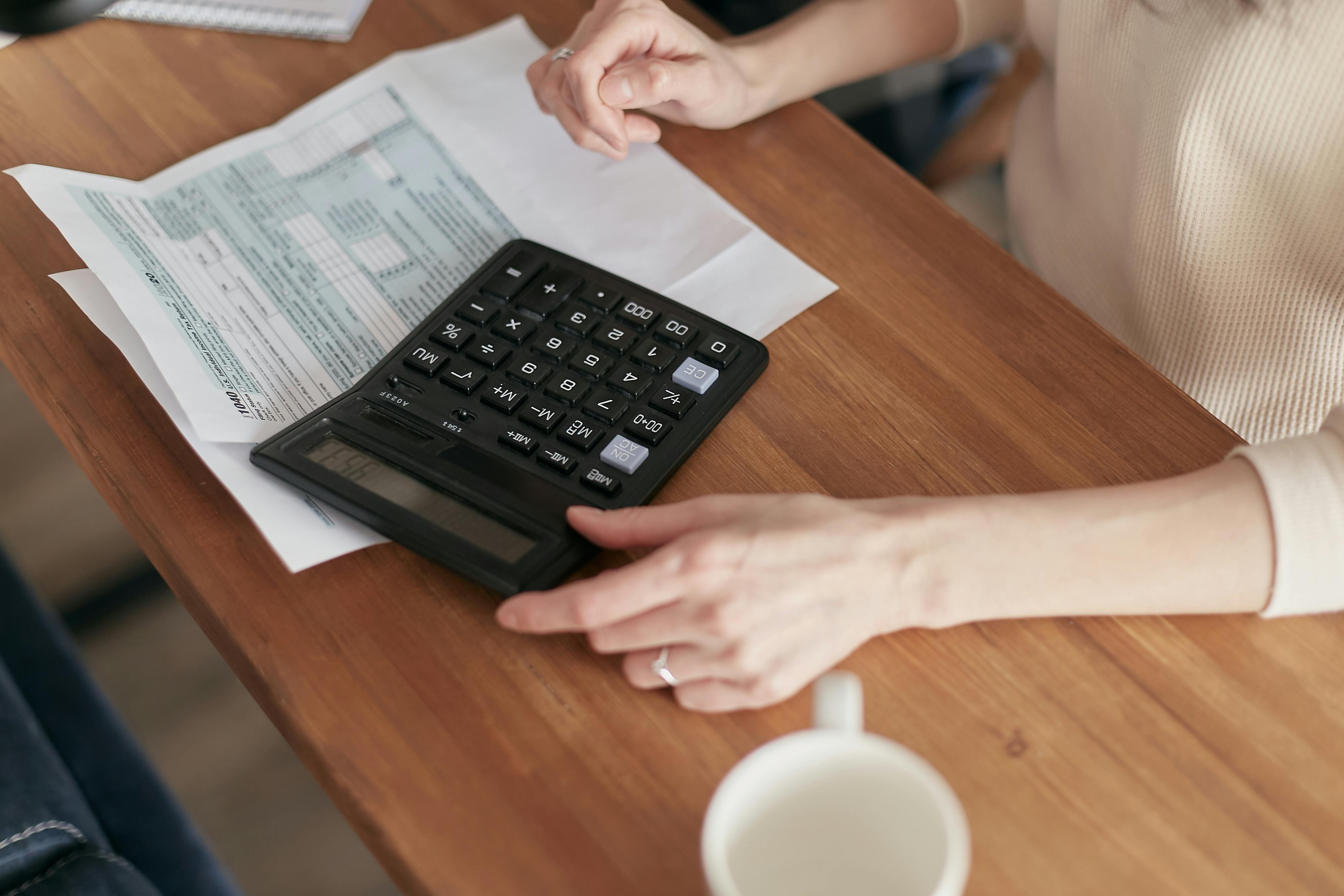
Many freelancers and autónomos in Spain struggle with invoicing - especially at the start. This guide shows exactly how to make a legally valid invoice in Spain as a self-employed person. You’ll learn what to include, what taxes to apply, and how to avoid common fines. We’ve also added tools and templates to save you time.
Making a self‑employed invoice : quick checklist
You must issue an invoice for every service you sell.
Even if your client is a friend, or not a business.
Here’s what you need to know:
- Your invoice must include specific details (see below).
- You can use a Word doc, Excel, or invoicing software.
- From July 2025, if you’re an autónomo, your tool must be Verifactu-compatible.
- You need to store all your invoices for 4 years, in case Hacienda asks for them.
Legal requirements to issue invoices in Spain
To issue legal invoices as a freelancer in Spain:
- You must be officially registered as an autónomo with both Hacienda (tax office) and Social Security.
- You need your own invoice numbering system (it can be manual or digital).
- You must apply IRPF (personal income tax) on invoices when billing other Spanish businesses or professionals.
This means you’re telling Hacienda: "I did this job, I got paid for it, here’s my tax." The client keeps your invoice for their books, and you keep a copy for yours.
If you’re not sure how to register or what it takes to be an autónomo, this guide breaks it down:
👉 Not registered as autónomo yet ? Check out our article on How to register as an autónomo in Spain.
What details must be included on an invoice?
Every self-employed invoice in Spain must include these:
- Invoice number: sequential and unique
- Date of issue
- Your full name, NIF (tax ID), and fiscal address
- Client’s name, NIF/CIF, and address
- What you sold: brief description of the service
- Service date, if it’s different from the invoice date
- Subtotal (before tax)
- VAT (usually 21% - see next section)
- IRPF deduction, if applicable
- Total amount due
- Payment method and deadline (optional but helpful)
VAT and IRPF on freelance invoices
VAT (IVA):
- 21% is the general rate.
- 10% or 0% may apply to certain services (e.g., cultural or medical).
- If your client is outside the EU, VAT is 0% (mention article 69 of the VAT Law).
- If your client is a business in the EU, VAT is also 0% - but:
- Include their EU VAT number.
- Add a line: “Inversión del sujeto pasivo (artículo 196 de la Directiva 2006/112/CE).”
IRPF:
- Applies when billing Spanish businesses or professionals
- Standard: 15%
- First 3 years as autónomo? You can apply 7%
- You still receive the full amount - the client withholds IRPF and pays it to Hacienda.

How to invoice as self-employed to clients abroad
If your client is in the EU:
- Invoice without VAT using the reverse charge rule
- You need to be in the ROI (EU Operator Registry)
- Add your VIES VAT number and the client’s
If your client is outside the EU:
- Use 0% VAT
- Add a note like: “Exportación de servicios según artículo 69 de la Ley del IVA”
IRPF does not apply in either case.
Invoicing tools for freelancers
You can invoice manually or use software.
Manual templates:
- Word or Excel
- Works for very low volume
- No auto-calculation
- Not Verifactu-compliant
Software (better for 2025 and beyond):
1. renn - free for up to 25 invoices/month, Verifactu-ready, handles IRPF/VAT automatically
2. Xolo - English-first invoicing + expenses, quarterly/annual tax filing for freelancers in Spain
3. Cuéntica - Spain-focused invoicing + taxes for autónomos/SMEs; Verifactu-compatible
4. Holded - ERP-style: invoicing, accounting, CRM/inventory, e-invoicing for teams
5. Quipu - full accounting + e-invoicing suite
6. FacturaDirecta - integrates with AEAT, good for small businesses
7. Billin - free with limits
What to look for:
- Handles VAT and IRPF rules for Spain
- Compliant with Verifactu (mandatory from 2025)
- Lets you save/download/send your invoices
You’ll also need to switch to electronic invoicing soon.
Need more detail? Read our full guide on Autónomo invoicing in Spain
Common mistakes to avoid
Watch out for these - they could get you fined:
- Using random invoice numbers or skipping numbers
- Forgetting IRPF or applying it to the wrong clients
- Charging VAT on invoices to clients abroad
- Not saving your invoices for 4 full years
- Using tools that won’t be allowed under Verifactu
Invoice template for self-employed in Spain
Need a template? See this invoice:
👉 Spain invoice template (Online Invoices).
It includes:
- Your NIF and client data
- 21% VAT calculation
- IRPF line with 15% or 7%
- Auto-calculated total
- Invoice number and date fields
- Detailed service description
- Base amount (taxable amount)
Bottom line
Making an invoice as a freelancer in Spain is simple when you know what to include.
Use the right fields. Add VAT or IRPF where needed. Save your records.
And don’t wait - from 2025, your invoices must be Verifactu-compliant.
Save yourself time (and tax headaches) by using compliant software like renn.





